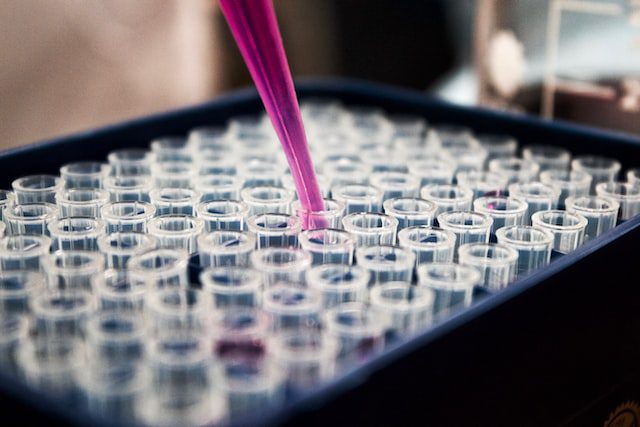Whether charged with running a particular department within the firm or else responsible for the entirety of the health and safety practices across the board, you have most definitely clicked on the right article.
Continue reading to discover the top four health and safety tips for pharmaceutical plants.
1. Risk Assessments Are Essential
Hopefully, your pharmaceutical plant is subject to stringent and ever-monitored risk assessments throughout the entirety of your business, but even though every box is begin ticked without fail, there is likely room to be even more thorough.
As risk assessments are used to initially identify and then analyze substances, events, and anything else which may pose a potential hazard to either the product you produce or the individual operating the machine.
2. Employee Knowledge of Laboratory Safety is Essential
Basic safety in the laboratory, the factory, or the warehouse, essentially in every single element within your business, should be always adhered to entirely. Additionally, you must always keep your finger on the pulse of any updates or changes to health and safety legislation regarding your industry.
As a basic guideline, the following health and safety protocols should be drilled into your employees as a matter of course:
- Laboratory coats should be worn at all times
- No food, drink, or cigarettes
- Glassware should be checked for cracks at the beginning of every shift
- Eye protection should always be worn
- The workspace should be as clean, neat, and tidy as possible
- Each container should be meticulously labeled and updated where appropriate
- All entryways and fire exits should be kept clear
3. Material Safety Data Sheets Are Essential
Furthermore, to prevent any costly malfunctions to your equipment, your material safety data sheets will also clearly highlight any one piece of technology which needs to be replaced and is holding up pharmaceutical production.
Conversely, it may well be that, instead, you simply need to update one or more machines, with one of the most efficient being the installation of a clean in place system instead. Furthermore, it would also be worth pointing out that every single step of the manufacturing and production process within your pharmaceutical plant should be meticulously documented, ideally by different employees at different times.
4. Additional Training on Handling Chemicals
The fourth way you can rest assured that you are entirely compliant with current pharmaceutical health and safety laws is to provide additional, mandatory, training on handling chemicals.
Gloves, eye masks, goggles, and other PPE should be made obligatory when handling any kind of chemical and, what is more, it is of vital importance that the applicable employees are aware of the different properties of the range of chemicals they are working with.
The GHS (Globally Harmonized System of Classification and Labeling of Chemicals) is by far the most effective and efficient way of providing your employees with all the information they need to be able to learn the differences between the various chemicals they work with regularly.





























